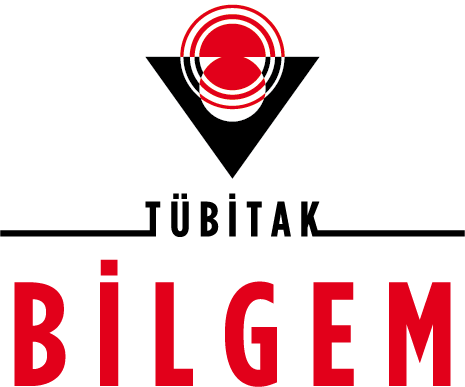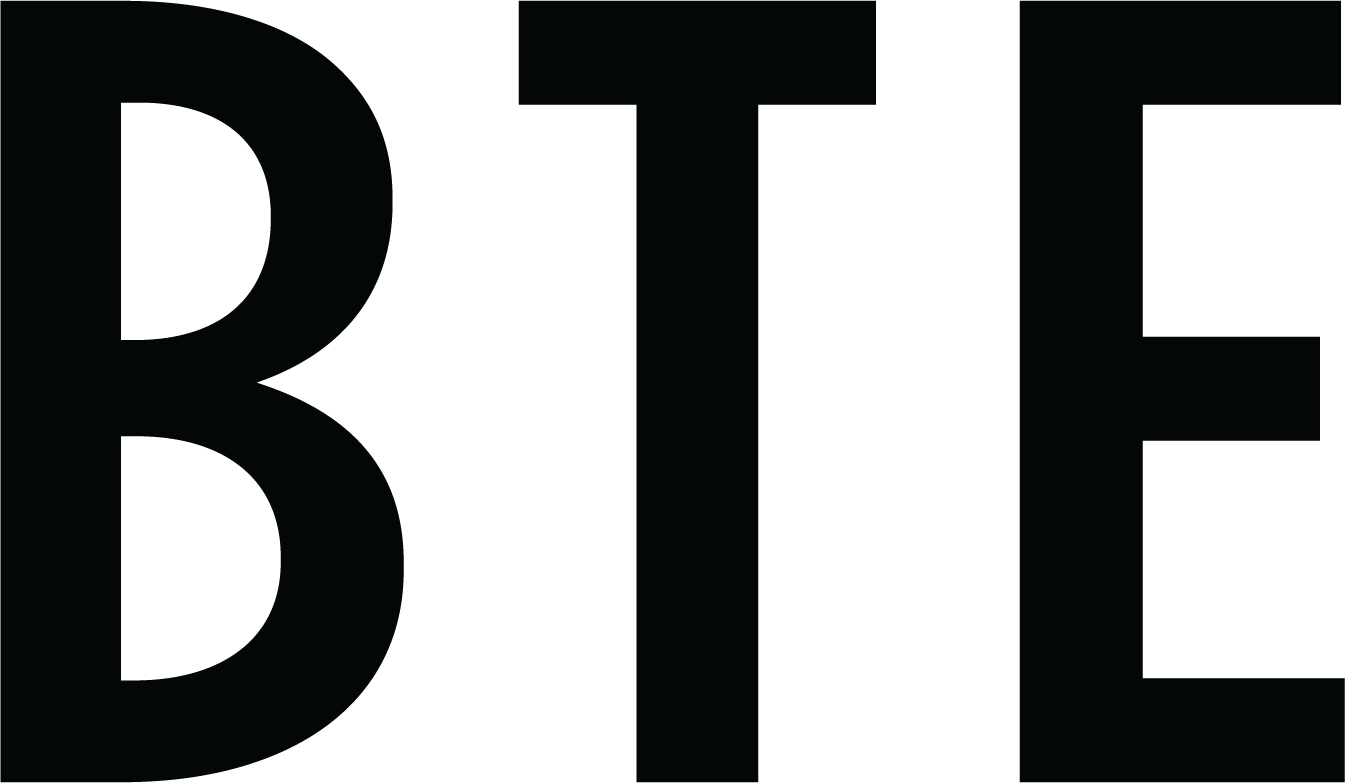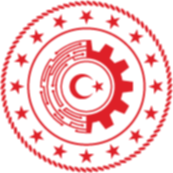BTE
Projects
The Completed European Union Projects
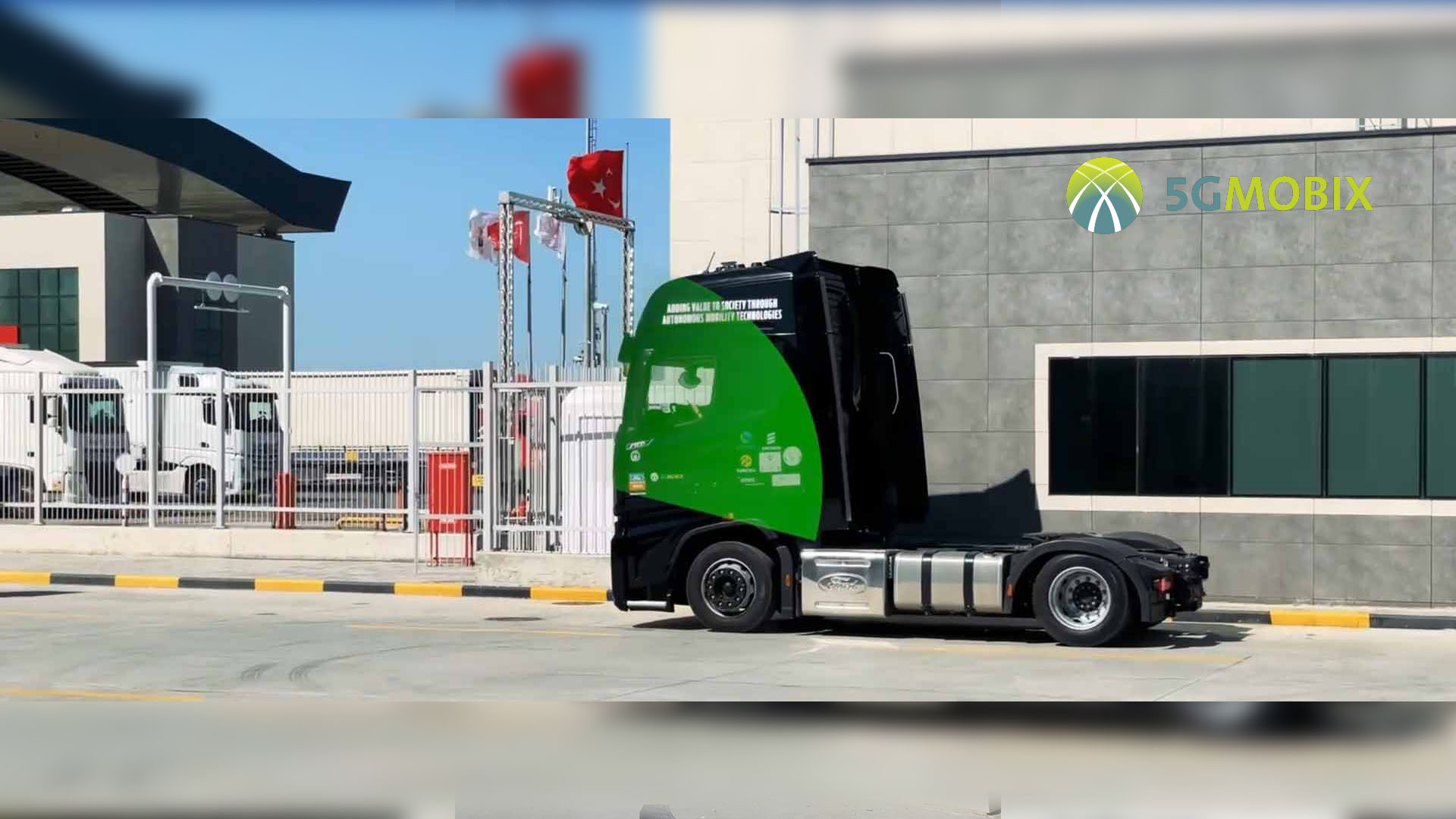
5G-MOBIX Project
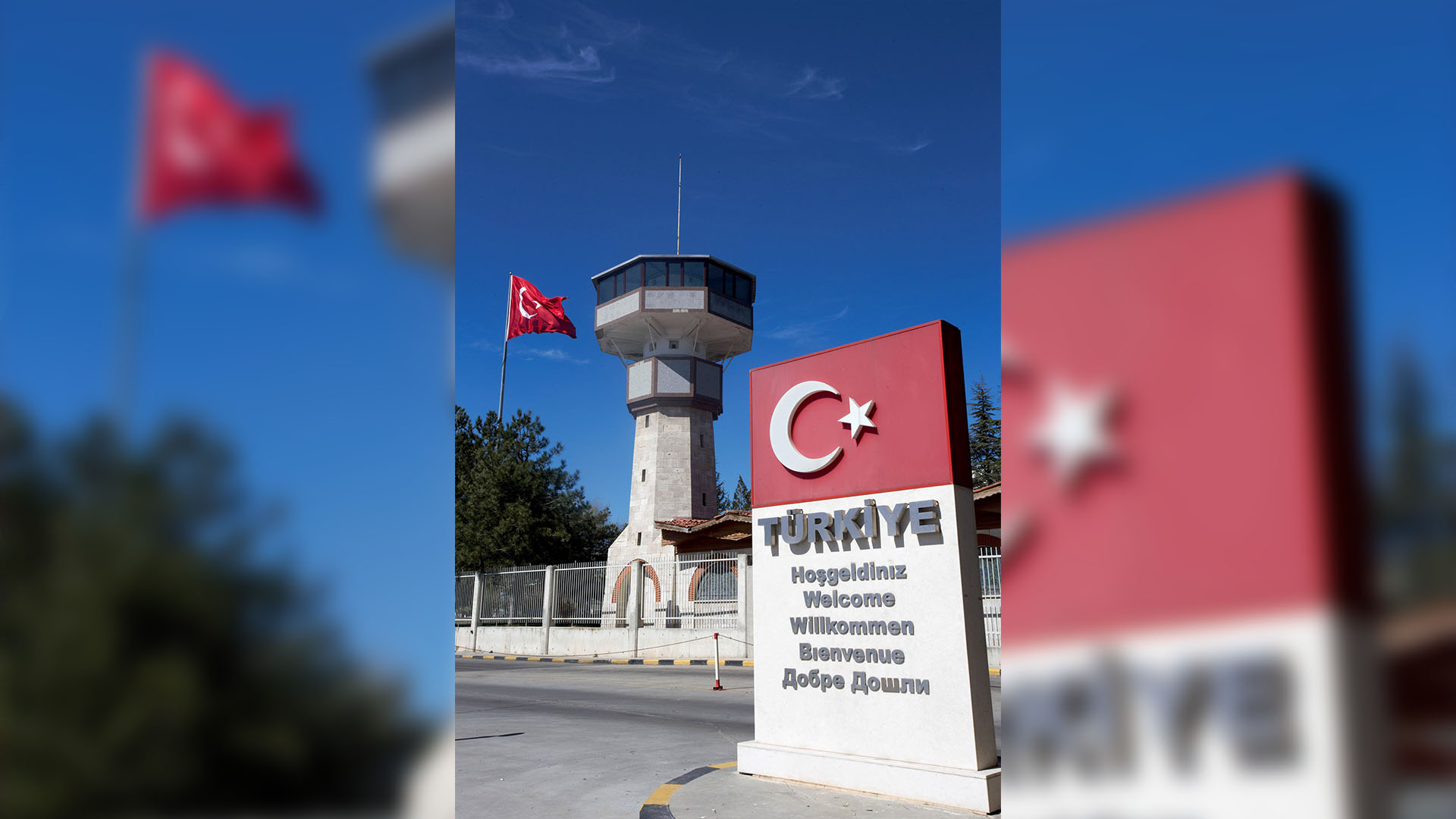
Border Management Roadmap (BORGAS)
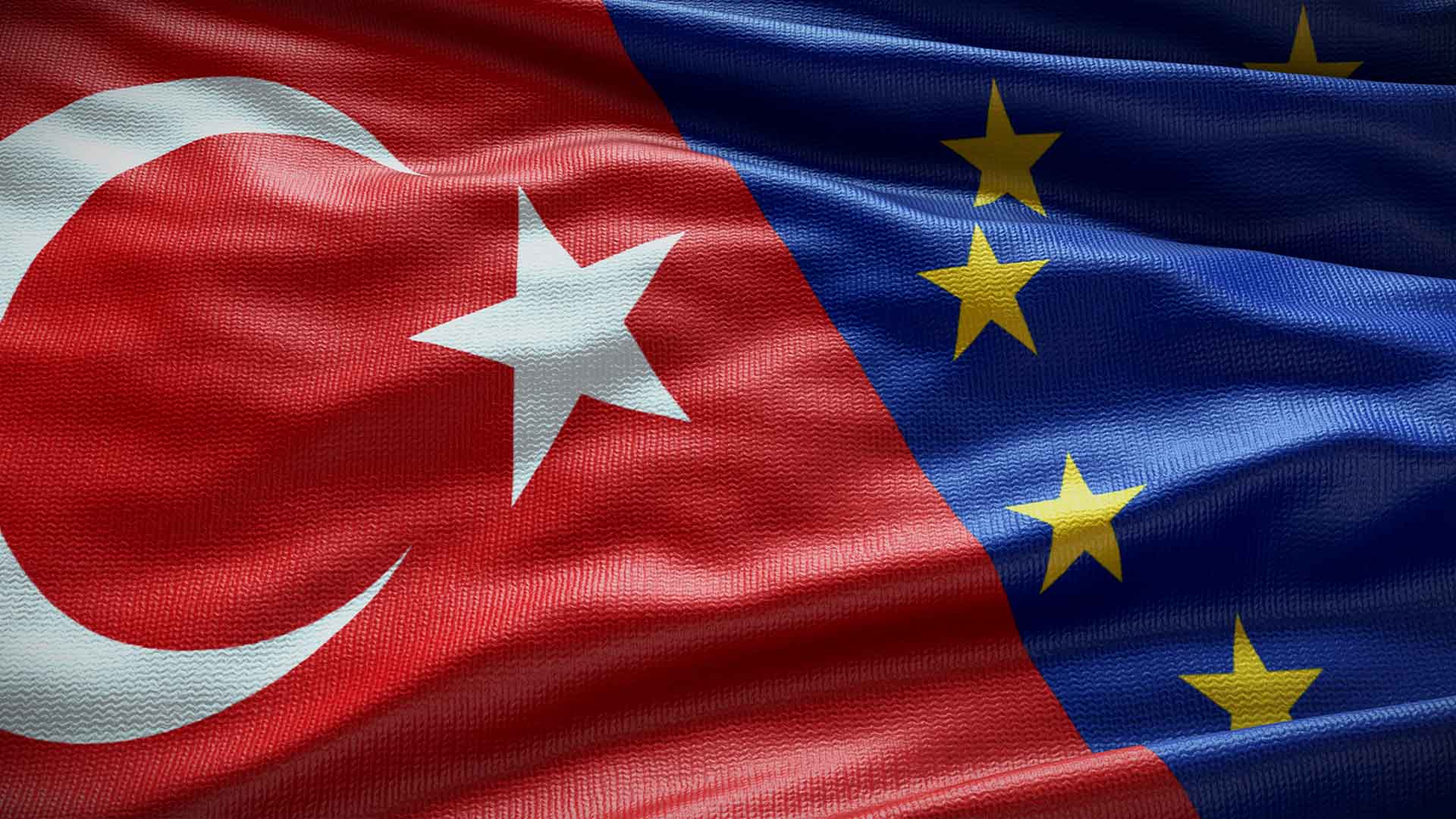
Technical Assistance for the Development of the Border Management Roadmap and Conducting the Border Management Inspection in Turkey (BORGAS)
The OngoingEuropean Union Projects
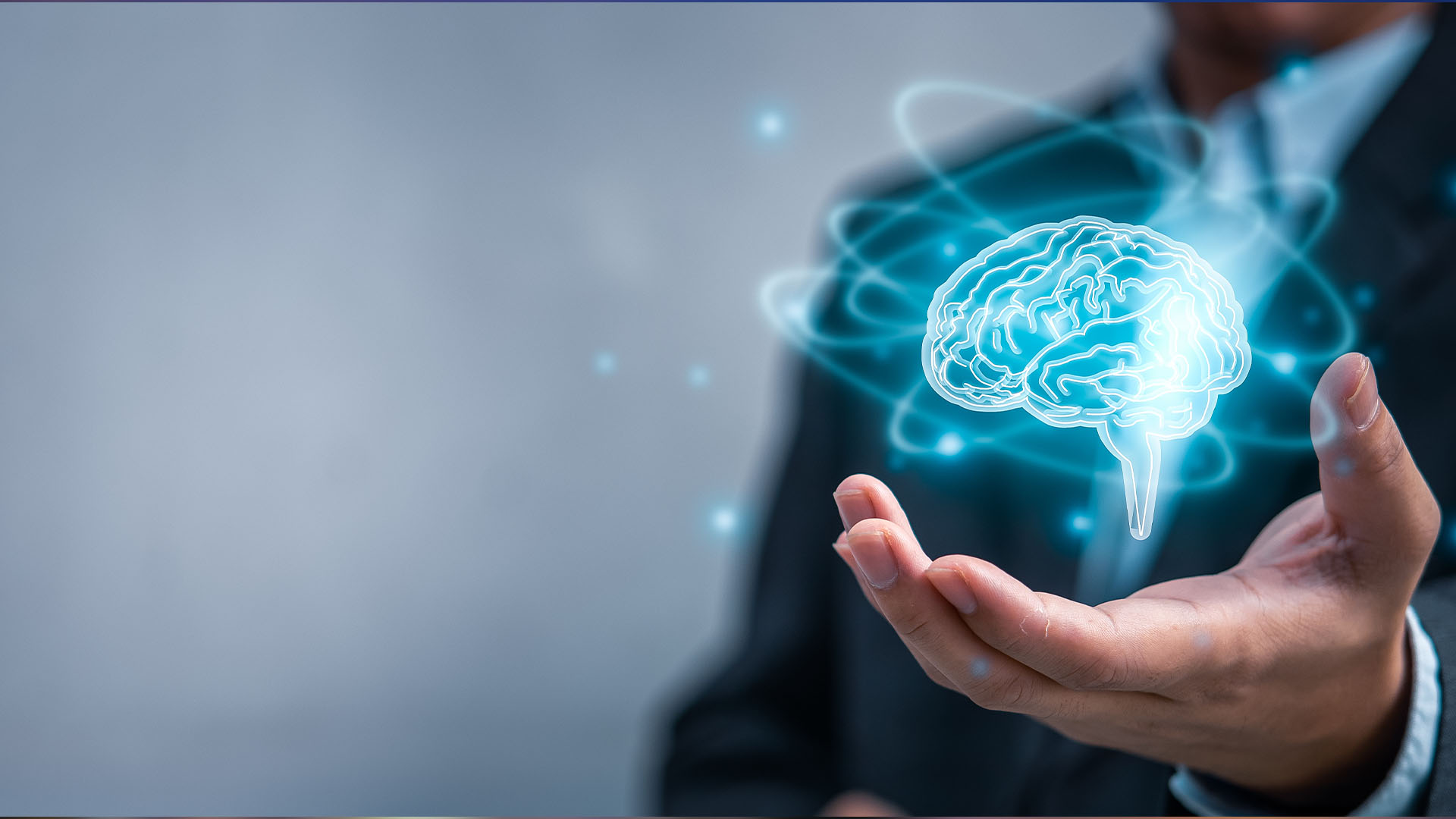
Embedded Storage Elements in the Next MCU Generation, Ready for AI at the Edge (StorAIge)
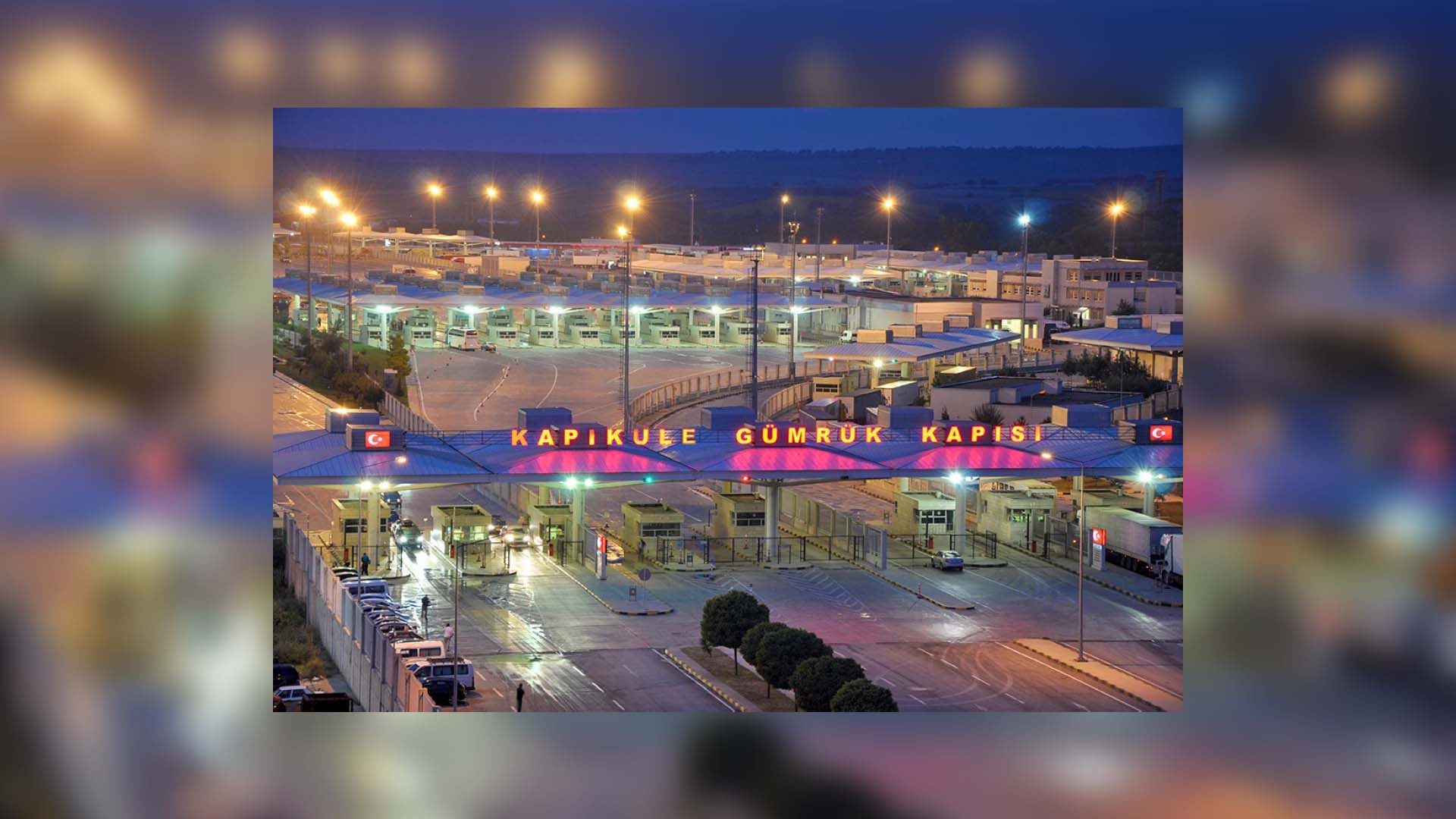
IPA Customs Enforcement
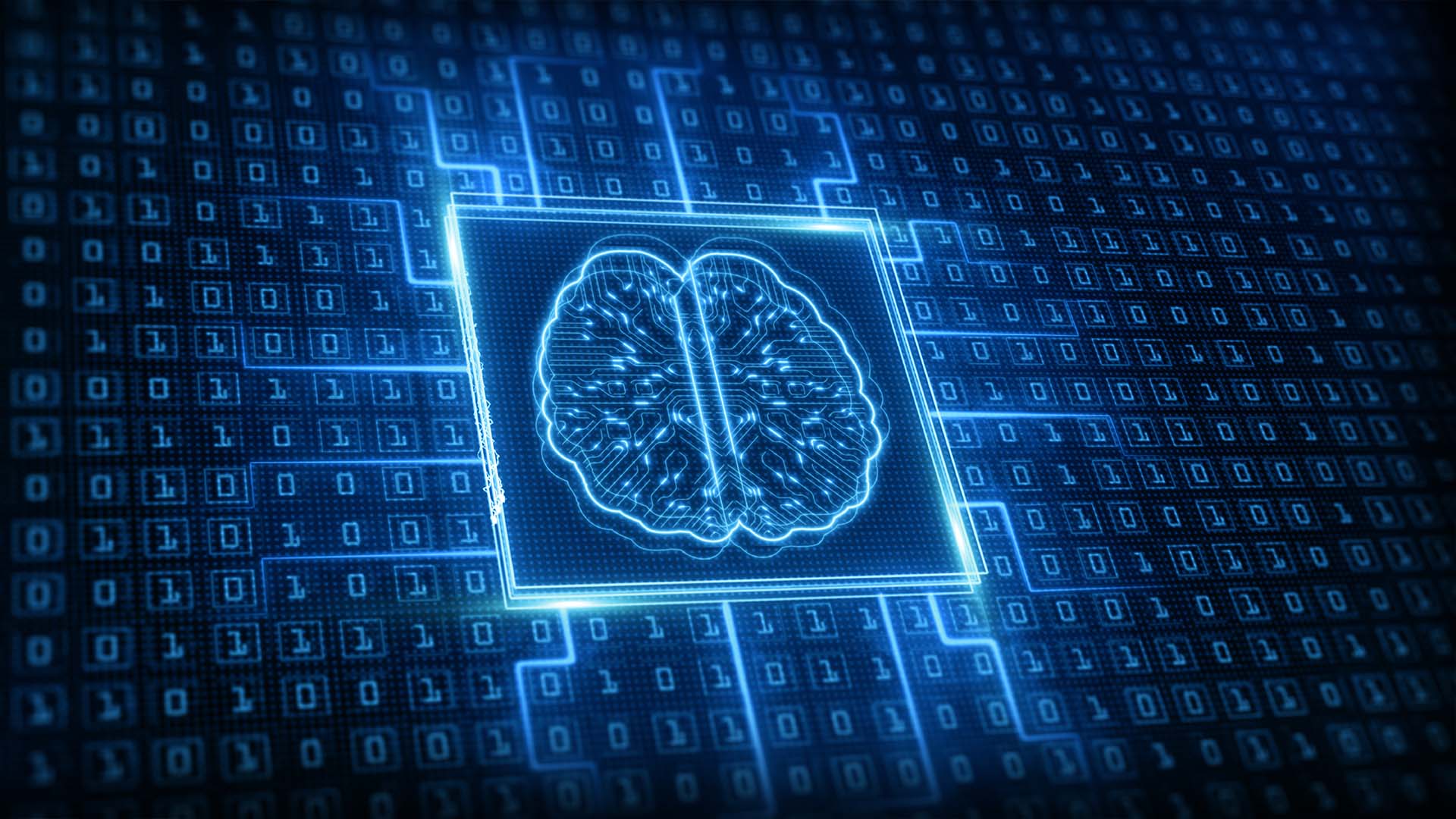
HumanE-AI-Net

FLEXIndustries Digitally Enabled Flexible Industries for Reliable Energy Grids Under High Penetration of Variable Renewable Energy Sources (VRES)
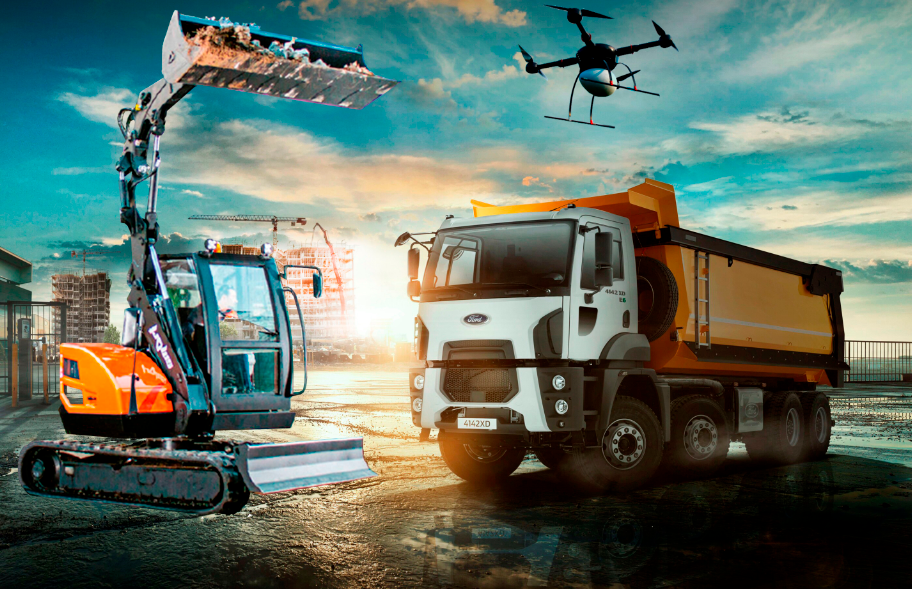
ADACORSA Project
The European Union Projects
- The Completed Projects
- The Ongoing Projects
Technical Assistance for Development of the Border Management Roadmap and Execution of a Border Gate Survey in Turkey (BORGAS) aims to ensure and strengthen Turkey's legal, institutional and technical alignment with the EU's Integrated Border Management (IBM) policy, The aim is to support the Turkish Government in transforming the current border management policy into an integrated border management policy by elaborating the "Action Plan" in this direction and creating a "Road Map", to further improve the border management infrastructure and to develop standards in line with the EU's Integrated Border Management policies and strategies.
Within the scope of the Instrument for Preaccession Assistance (IPA) of the European Union, the project, of which the Border Management Bureau of the Ministry of Interior of the Republic of Turkey is the main beneficiary, a roadmap for integrated border management in Turkey was prepared, consisting of a technical framework with recommendations on border management system architecture and standards, a technical framework with recommendations on border management system architecture and standards, a procedural framework with recommendations on administrative and organizational issues, and a multi-annual financial program defining priorities.
The main goal of the StorAIge project is to build a premium manufacturing platform for silicon with artificial intelligence capabilities. It is aimed at prototyping that provides competitive artificial intelligence in edge applications with high performance, FD-SOI low power, safe and security components.
The main challenge addressed by the project is, on the one hand, tackling the complexity of sub-28nm “more than moore” technologies and bringing them to a high level of maturity, and on the other hand, addressing the design of complex SoCs that are smarter, secure, flexible, low power consumption and cost effective. is to take. The project aims for chipset and solutions with very efficient memory and high computing power targeting 10 Balls per Watt.
Within this project, various use cases will be targeted and demonstrated, including predictive maintenance, sensors, motion recognition, automotive, smart power, washing machines, and unmanned/autonomous vehicles. B3LAB cooperates with Arçelik for the Artificial Intelligence supported Washing Machine Usage Case in the StorAIge Project. B3LAB is included in the following interrelated work packages in the project.
The Technical Assistance for Improving the Detection Capacity of Customs Enforcement Project is a data management project using big data and machine learning techniques to strengthen the customs surveillance and control function of the Ministry of Trade in the entire Turkish Customs Territory by increasing its administrative, technical and operational capacity and improving the structure of the Customs Administration Coordination Center (CECC). The overall objective of the project is to improve integrated border management in line with the EU Acquis and European Standards.
There are key challenges in developing robust and reliable artificial intelligence (AI/AI) systems such as understanding people, adapting to complex real-world environments, and interacting appropriately in complex social environments. At this point, the general vision is to facilitate AI systems that enhance human capabilities, while at the same time empowering individuals and society as a whole by considering human freedom and individuality. For the development of such systems, breakthroughs in the interfaces of various fields such as human-computer interaction, cognitive science, social sciences, and complex systems are required instead of only traditional AI systems. The HumanE-AI-Net project brings together a community with expertise in all these areas and the interfaces between them.
Project vision is based on ethical values and trust (Responsible AI). These are closely intertwined with the impact of AI on society, including issues associated with networked AI systems, the environment, and complex dynamic interactions between humans. Therefore, in the content of the project, key gaps in information and technology are addressed in three closely related areas:
• Learning, reasoning and planning
• Multimodal perception of dynamic real-world environments and social environments
• Human-friendly collaboration and co-creation in hybrid human-AI environments
The main objective of the FLEXIndustries Project is to design and deploy the most suitable energy efficiency measures and process flexibility methods for 7 multi-sectors (automotive, biofuels, polymers, steel, pulp and paper, pharmaceutical, cement) energy-intensive industries, industrial environments, as well as is to build on a holistic multidisciplinary and multi-scale approach that has a positive impact on electricity and heating networks and their interconnections.
FLEXIndustries aims to develop a Dynamic Energy and Process Management Platform to monitor, analyze and optimize the most energy-intensive industrial processes by providing grid services as well as to appropriately manage emerging demand response mechanisms and provide plant and process flexibility.
FLEX Industries, in which TÜBİTAK BİLGEM is involved as a stakeholder with Ford Otosan, Sakarya Elektrik Dağıtım AŞ, Mutlu Akü and Türkiye Petrol Rafineleri AŞ, aims to address technical and non-technical barriers to prepare EU industries for an energy flexibility transition brought about by the general project concept and the market takeover of the digital platform. aims to overcome.
5G-MOBIX (5G for Cooperative & Connected Automated Mobility on X-border corridors), a European Union Horizon 2020 project, aims to develop automated vehicle functions by taking advantage of basic innovations such as low latency, high bandwidth provided by 5G technology, and advanced artificial intelligence techniques.
The project is carried out with 59 partners from 10 countries. Preliminary demonstrations of the developed technologies will be carried out by creating trial fields in six different countries. In two different border crossing corridors, the borders of Spain-Portugal and Turkey-Greece, the technologies developed within the scope of the whole project will be demonstrated with various usage scenarios.
Our institution has been included in the project within the scope of the screening to be held on the Turkey-Greece border crossing corridor. Ford Otosan, Turkcell, and Ericcsson TR, as domestic partners outside our institution; On the Greek side, there are organizations such as Cosmote, WINGS and Ericcsson GR. The work in this field is progressing under the leadership of Turkish-Greek partners with the support of other partners and consists of four main usage scenarios.
In the “TIR Routing” usage scenario, in which we are involved and which we are developing its application, it is aimed that a TIR directed to the X-Ray TIR Scanning building within the Ipsala Customs Area will go to, enter and exit the building autonomously. In this way, it will be shown that the time lost by the driver while leaving and picking up his vehicle can be saved. The resulting scan image will also be automatically analyzed by the application developed within the scope of another project of our Institution and the results will be returned. With the time to be saved in this way, more trucks can be scanned by X-Ray during the day, increasing the security at the border crossings at the same rate.
Other usage scenarios to be implemented in the field are “platooning”, where the vehicle in the rear autonomously follows the one in front, the “see-and-see application” in which high-resolution images are transmitted live from the vehicle in front to the one behind, and other usage scenarios for faster and safer transactions within the customs area. covers a variety of auxiliary scenarios.
